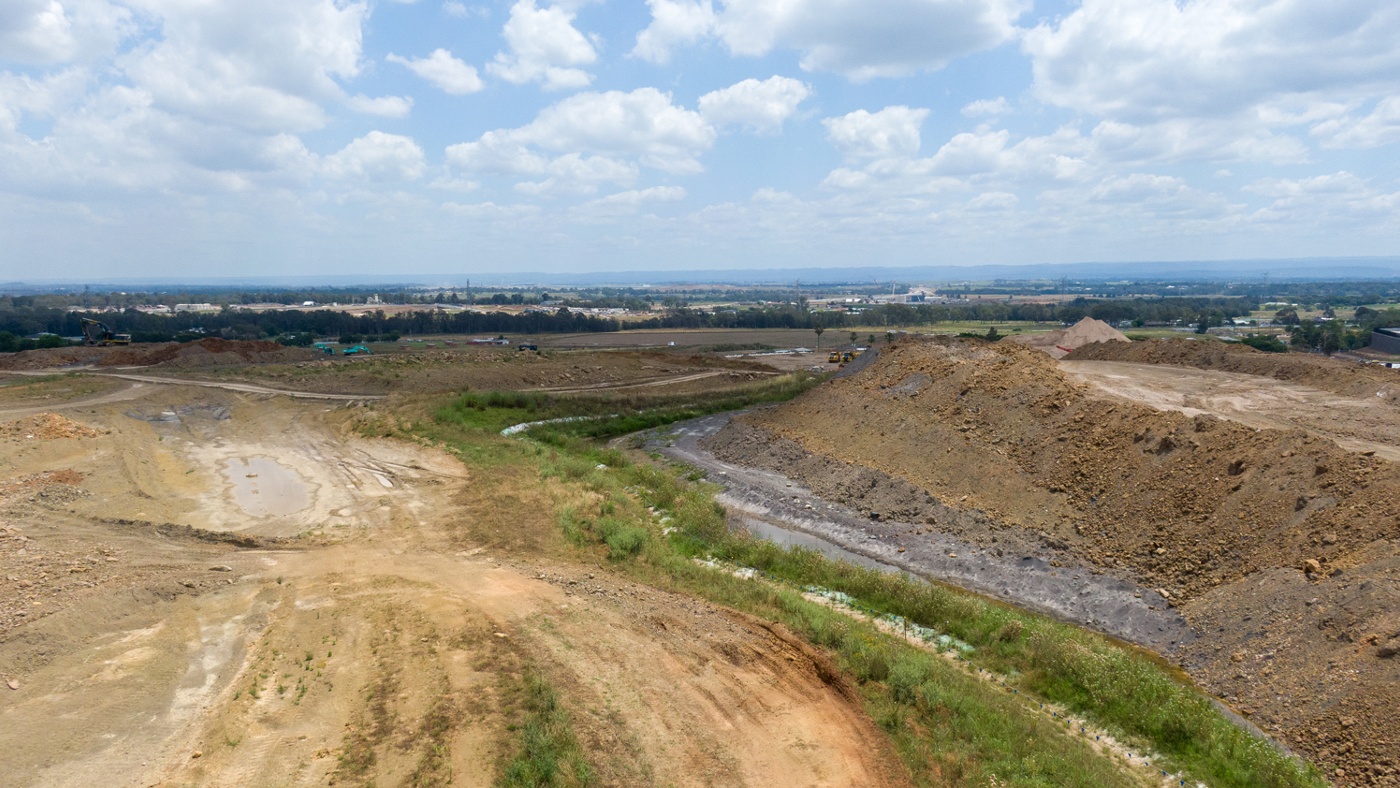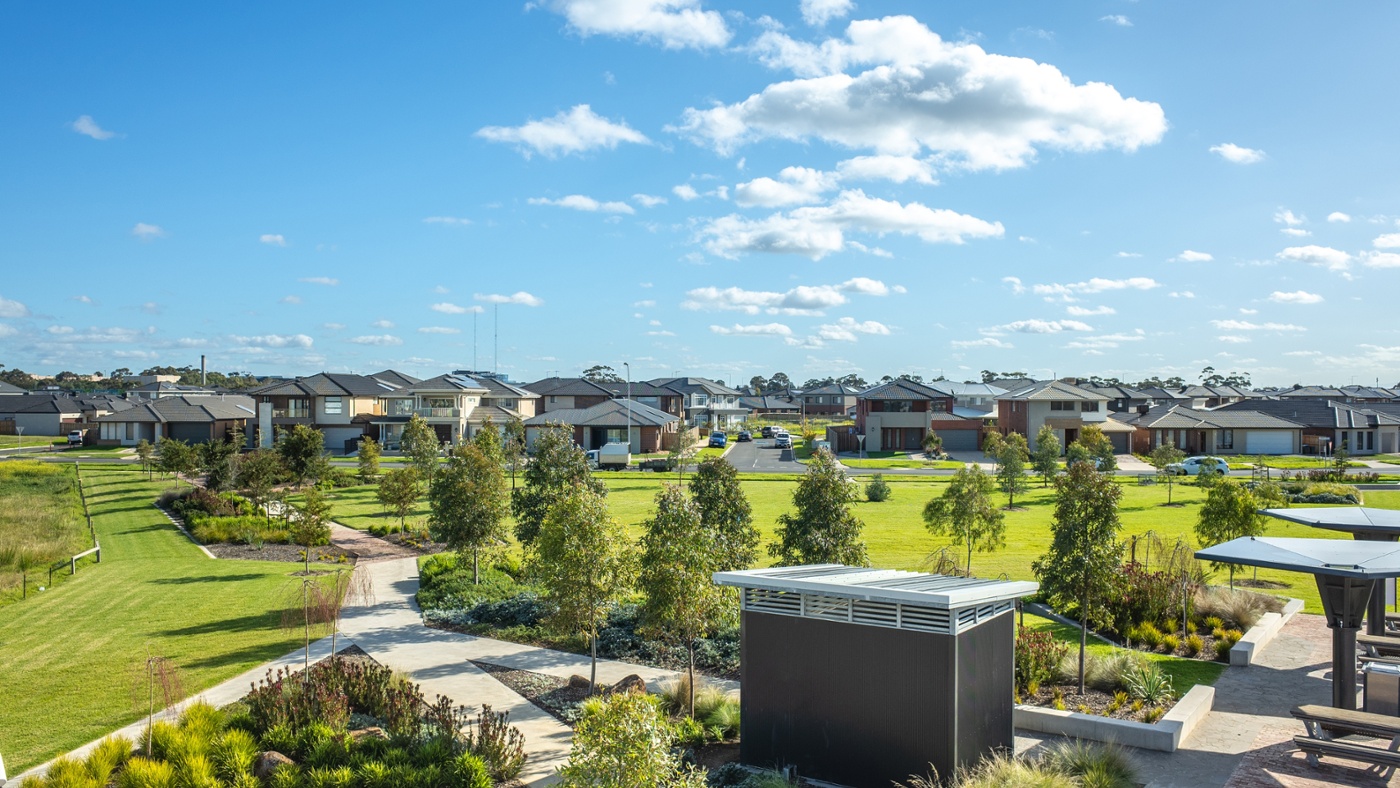With the excitement surrounding the NSW Government's planning initiatives to unlock housing supply, an enormous market in seniors housing that is a key part of the solution to the housing crisis, is fast becoming collateral damage. Immediate legislative change is needed to the Housing SEPP to “level up” seniors housing.
Why does seniors housing need a little help?
It was recognised by the NSW Government way back in 1982 that seniors housing could not compete with market residential in the development of land. Therefore SEPP No. 5 was the first state planning intervention to encourage a particular land use under the Environmental Planning and Assessment Act. SEPP No. 5 and its successor instruments gave advantages to seniors housing over market residential such as permissibility on non-urban land, on registered clubs sites and building typology advantages in low residential density zones.
With the commencement of the Housing SEPP, the permissibility advantages for seniors housing on the urban fringes on non-urban land were removed. This was a significant change given that it had provided developable land for the seniors housing industry for many decades, free of competing with market residential developers. To offset this loss, floor space ratio (FSR) and height bonuses were introduced for seniors housing providing up to a 25% FSR bonus for a co-located village (15% for independent living units only) and a 3.8m height bonus (i.e. 1 storey) for in-fill seniors housing on urban land. This bonus is an excellent initiative however it does not work well in higher density zones given the mismatching percentage-based FSR bonus and the fixed numerical height bonus of only 1 storey, which results in not enough height bonus to maximise the FSR bonus.
The in-fill affordable housing 30% bonus road train
The commencement of the in-fill affordable housing bonus in December 2023 that provides up to a 30% FSR and height bonus for residential development achieving at least 15% affordable housing is a welcomed initiative to increase the supply of affordable housing in NSW. However, this initiative has resulted in the ability for market residential developers accessing a FSR and height bonus that is substantially in excess of what seniors housing providers can currently access via the seniors housing bonus (i.e. 15-25%).
The underlying intent of the seniors housing bonus is to level the playing field with market residential developers in the competition for sites in higher density areas in order to increase the supply of seniors housing. Indeed, not only are the FSR bonuses not aligned (i.e. 15% bonus for ILUs compared to 30% in-fill affordable housing bonus), but the height bonus being limited to a fixed 3.8m for seniors housing, compared to an in-fill affordable housing height bonus of 30%, places seniors housing at a distinct disadvantage. Whilst well-intentioned, the 30% in-fill affordable housing bonus has the ability to severely undermine the supply of seniors housing in NSW. Unintentional collateral damage in the rush to increase housing supply.
Seniors housing faces challenges amidst NSW housing reforms, risking its role in addressing the housing crisis.
What other housing policies are coming?
Two other major policies that have recently been exhibited by the NSW Department of Planning, Housing and Infrastructure (DPHI) that could have major implications on seniors housing are the Transport Orientated Development SEPP (TOD SEPP) and the Low and Mid Rise Housing Policy.
1. TOD SEPP
Proposes to apply to all residential and commercial zones within 400m of 31 designated railway station precincts, providing a blanket maximum FSR of 3:1 and a height of 21m. Whilst DPHI has confirmed the 30% in-fill affordable housing bonus applies to these precincts, it has remained silent on whether the 15-25% seniors housing FSR bonus will apply. On the assumption that it will apply, seniors housing will still be at a disadvantage when competing for sites against market residential developers, with the comparison being:
- Seniors housing (ILUs + 15% FSR bonus): FSR 3.45:1 and height 24.8m
- Market residential 15% affordable (30% bonus): FSR: 3.9:1 and height 27.3m
2. Low and Mid Rise Policy:
The “Low Rise” component of this policy proposes to make “multi-dwelling housing” and “manor houses” permitted in Low Density Residential zones (i.e. R2 zones) that are within 800m of a heavy, metro or light rail station. Furthermore, non-refusable standards are proposed that will apply a 0.7:1 and 0.8:1 FSR to multi-dwelling housing and manor houses respectively, together with a 9.5m height.
For over 40 years seniors housing has utilised low density residential zones to develop both ILUs and residential care facilities (RCFs) due to the planning advantages provided by successive SEPPs. For ILUs, this is the ability to effectively develop a multi-dwelling housing typology in a zone where only dwelling houses and dual occupancies are typically permissible. Whilst for RCFs, it is providing a non-refusable FSR of 1:1 where typically a 0.5:1 FSR or lower applies. Furthermore, for ILUs there is a non-refusable FSR of 0.5:1 in the Housing SEPP.
Therefore, not only will seniors housing providers lose their housing typology competitive advantage to market residential developers, but their FSR will also be significantly lower. These provisions if implemented will entirely undermine the ability for seniors housing providers to develop in R2 zones that are within 800m of a heavy, metro or light rail station (a significant distance that will encompass large swathes of R2 zoned land across the state).
Should all of these policies be implemented to incentivise housing and no adjustments made to current seniors housing provisions, seniors housing will become the roadkill of the NSW planning system. It would mean that over the past 3 years the seniors housing industry in NSW will have:
- lost its ability to develop on non-urban land;
- had its planning bonus in higher density zones eclipsed by the in-fill affordable housing bonus; and
- had its housing typology and FSR advantages in R2 zones evaporate to the point of disadvantage.
This is a call-to-arms moment for the industry if ever there was one.
What is recommended?
The following three adjustments are recommended:
- Increase the seniors housing bonus to at least align with the in-fill affordable housing bonus (i.e. 30% FSR and height). Seniors housing is a form of affordable housing in itself and provides enormous social benefit – this is a no-brainer.
- Ensure that the seniors housing bonus applies in addition to the FSR and height provided by the TOD SEPP.
- Reconsider the “Low Rise” component of the Low and Mid Rise Policy. An alternative could be the NSW Government requiring local government to identify and upzone appropriate R2 zoned land within 400m of heavy, metro or light rail stations (to R3 Medium Density Residential). This would mean no change to R2 zoned land outside of 400m from a heavy, metro or light rail station AND would make residential flat buildings permissible in the newly rezoned R3 zones thereby switching on the seniors housing bonus.
Ethos Urban continues to consult and advocate for seniors housing reform with DPHI to ensure it is not left behind and forms an integral part of the solution to the housing crisis.
Related Insights

NSW Low and Mid-Rise Housing Reforms

NSW Government Releases Industrial Lands Action Plan

Property Council of Australia Committees Announced for 2025/26





